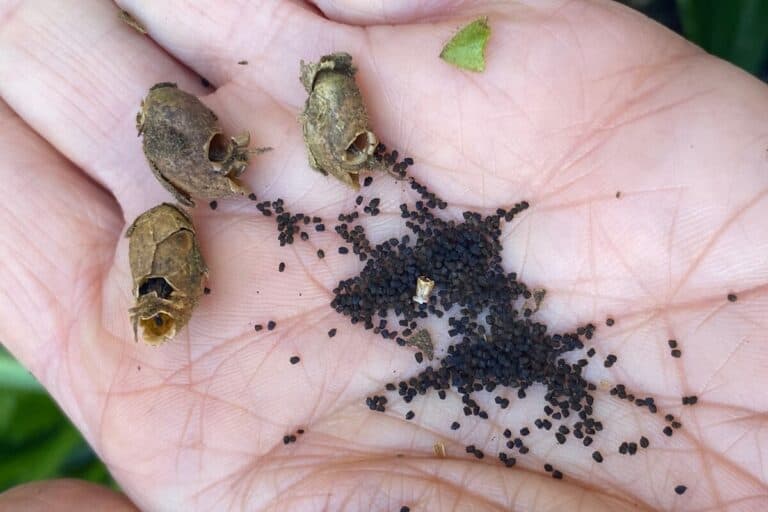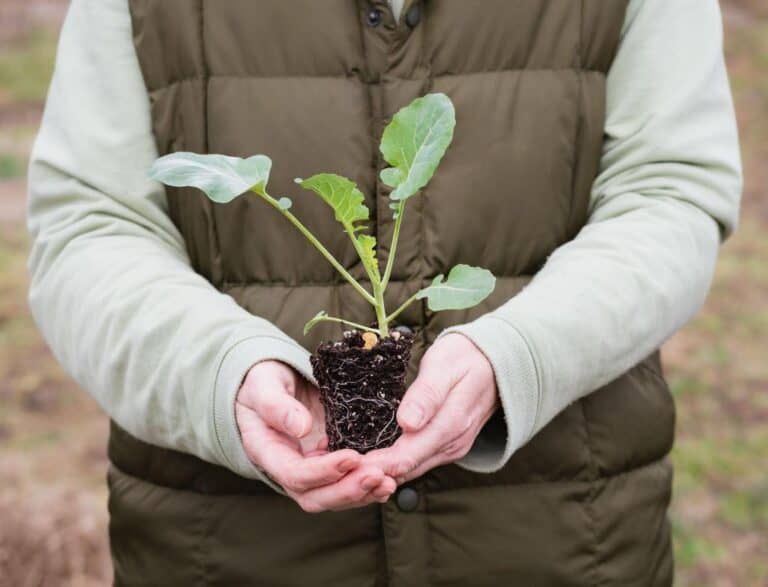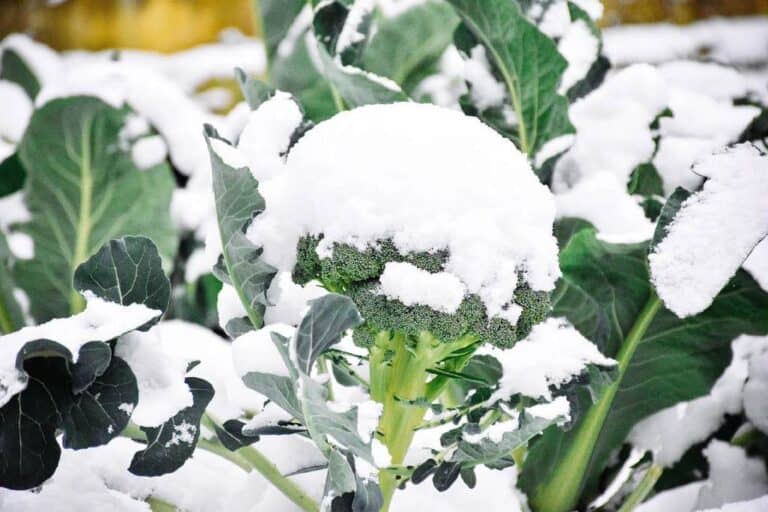Top 10 Fast-Growing Trees for Lumber and Timber: Sustainable Production
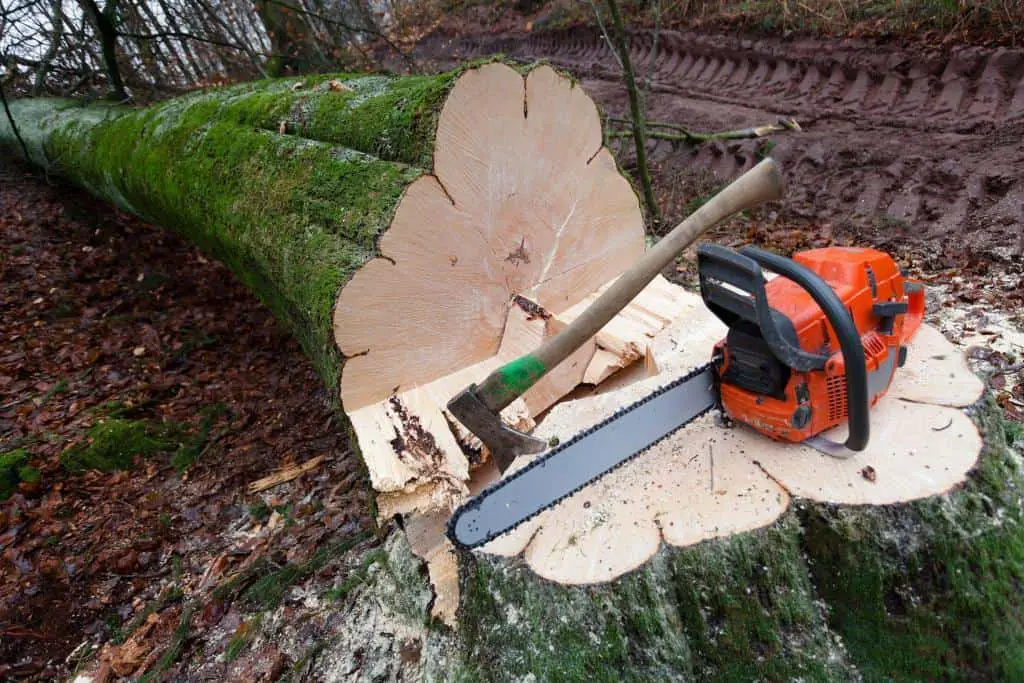
Are you looking for a way to produce high-quality lumber and timber sustainably? Fast-growing trees may be the answer you’ve been searching for. These trees can make a lot of wood in a short amount of time, which makes them a great choice for making wood in a sustainable way. But with so many types of trees out there, how do you know which ones to choose?
In this article, we’ve compiled a list of the top 10 fast-growing trees for lumber and timber production, so you can make an informed decision about which trees will best meet your needs. From the hardy hybrid poplar to the versatile black locust, we’ll explore each tree’s unique characteristics and why they are a top pick for sustainable timber production.
So, whether you’re a farmer, a timber producer, or just looking to plant some trees, keep reading to discover which fast-growing trees are right for you.
Lumber and Timber Industry Overview
The lumber and timber industry is an important part of the global economy, providing a wide range of products for construction, furniture, paper, and other industries. This industry involves harvesting, processing, and distributing wood products. It is a key part of meeting the growing demand for sustainable building materials.
One of the key components of the lumber and timber industry is the harvesting of trees. Trees are typically harvested from forests that are managed for sustainable use. This involves careful planning to ensure that trees are harvested at the right time and in the right way to minimize damage to the forest ecosystem.
Harvesting can be done using a variety of methods, including clearcutting, selective cutting, and shelterwood cutting. Each method has its own advantages and disadvantages, and the choice of method will depend on the specific needs of the forest and the products being produced.
Once trees are harvested, they are transported to processing facilities, where they are cut into lumber and other wood products. This involves a series of steps, including debarking, sawing, planing, and drying. Each step is important in producing high-quality wood products that meet the needs of customers. Once the wood is processed, it is shipped to customers around the world.
The lumber and timber industry also makes plywood, particleboard, and fiberboard, which are all made from wood. Compressing wood fibers and adhesives results in these products’ strong, long-lasting materials, which have a variety of uses. Wood products are also used in the production of paper and other materials.
The lumber and timber industry is facing a number of challenges in the 21st century. One of the biggest challenges is the need to balance the demand for wood products with the need to protect the environment. This means taking care of forests in a way that doesn’t hurt them in the long run, making as little waste as possible during production, and lowering the carbon footprint of the industry.
Another challenge is the need to adapt to new technologies and changing customer needs. For example, the use of engineered wood products is becoming more common in construction, and the industry needs to be able to meet this demand.
Importance of Fast-growing Trees for Lumber and Timber Industry
Fast-growing trees play a crucial role in the lumber and timber industry, where the demand for wood and wood-based products continues to grow. The rapid growth of these trees allows for more frequent harvesting, increasing the yield of timber per acre and decreasing the reliance on old-growth forests.
Fast-growing trees also have shorter rotation periods. This means the trees can be cut down in a relatively short amount of time, giving the market a steady supply of wood.
Moreover, the use of fast-growing trees has numerous economic benefits. They are more cost-effective to grow and harvest, as they require fewer resources and time compared to traditional trees. Because the rotation period is shorter and the yield per acre is higher, the lumber and timber industry makes more money, which helps the local and national economies.
Another critical aspect of fast-growing trees is their ability to mitigate climate change. Trees are natural carbon sinks. During photosynthesis, they take in carbon dioxide from the air and store it in their biomass.
Fast-growing trees have a higher rate of photosynthesis, which means they can sequester carbon dioxide at a faster pace than traditional trees, helping to reduce the carbon footprint of the lumber and timber industry.
Fast-growing trees can also help stop deforestation by giving people another way to get wood. This takes pressure off of old-growth forests and their fragile ecosystems.
Factors To Consider in Selecting Fast-growing Trees for Lumber and Timber
When considering fast-growing trees for lumber and timber production, several factors come into play. It’s not just about the speed of growth, but also the quality of wood, the tree’s adaptability to the local climate and soil conditions, and the ease of cultivation and maintenance.
Let’s dive into each of these factors and explore what to look for when selecting fast-growing trees for lumber and timber production.
- Firstly, the quality of wood is a critical factor to consider when selecting fast-growing trees. The type of wood produced by the tree determines the tree’s value in the market. Some trees, like the black walnut or the cherry tree, produce high-quality wood that is sought after by furniture makers, while others, like the cottonwood or the willow, produce lower-quality wood used for paper pulp or packaging material. It’s essential to select trees that produce wood that is suitable for the intended use.
- Second, it’s important to think about how well the tree can grow in the local climate and soil. Trees that are native to the area generally have a better chance of thriving in the local climate and soil conditions, resulting in healthier and faster-growing trees. It’s also essential to consider the tree’s tolerance to pests and diseases common in the area.
- Thirdly, the ease of cultivation and maintenance is a crucial factor when selecting fast-growing trees. Trees that are easy to cultivate and maintain save time, effort, and resources, making them more economical to grow. Factors such as water and nutrient requirements, pruning needs, and pest and disease resistance all play a role in determining the ease of cultivation and maintenance.
Top 10 Fast-Growing Trees for Lumber and Timber
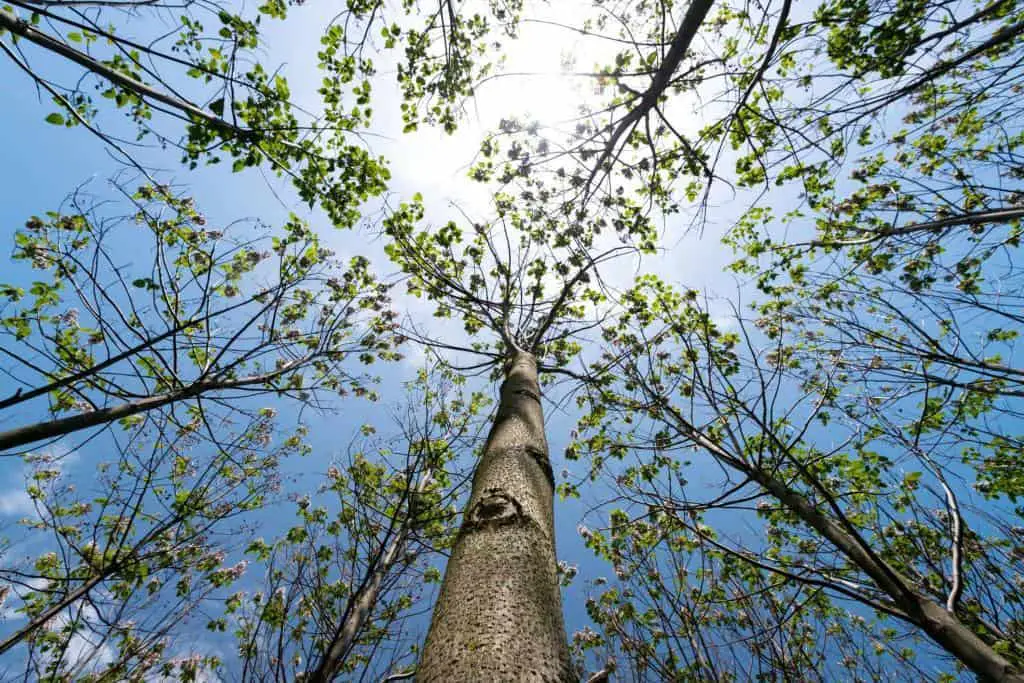
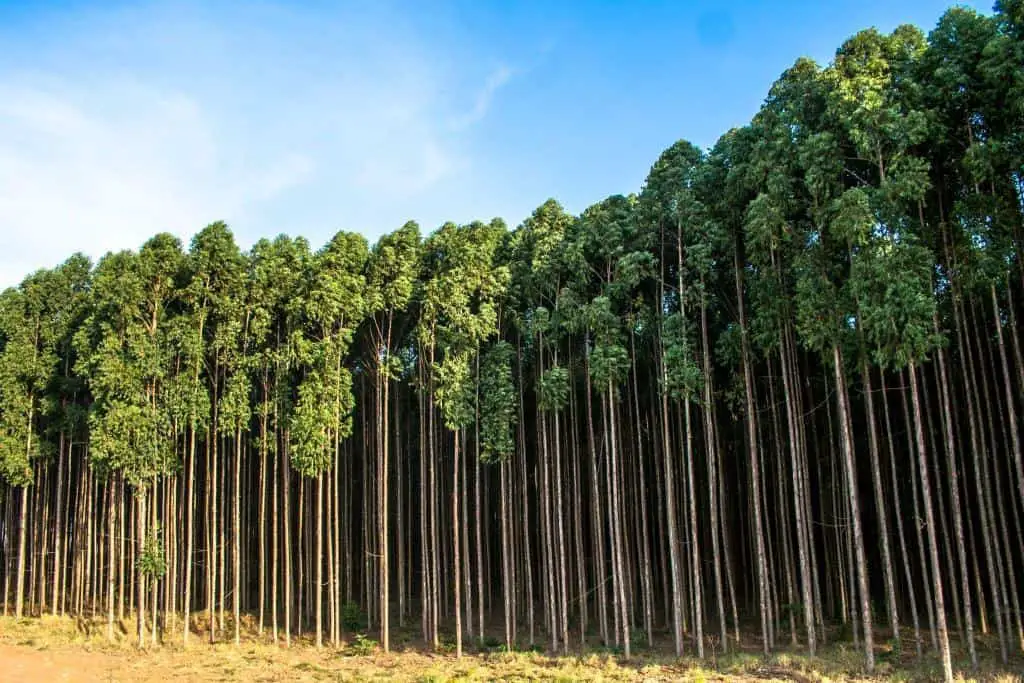

When it comes to fast-growing trees for lumber and timber, there are a variety of species to choose from, each with its own unique characteristics and benefits. Here are the top 10 fast-growing trees for lumber and timber:
- Hybrid Poplar – This tree is known for its rapid growth rate and high yield of timber. It can reach heights of up to 40 feet in just three years and is commonly used for paper pulp, pallets, and construction lumber.
- Eucalyptus – Eucalyptus trees are native to Australia and are popular for their fast growth rate and high-density wood. They are commonly used for flooring, furniture, and pulpwood.
- Paulownia – Also known as the “princess tree,” the Paulownia is native to China and is popular for its rapid growth rate and lightweight, durable wood. It is commonly used for furniture, construction, and musical instruments.
- Northern Red Oak – This tree is native to North America and is known for its strong, durable wood and fast growth rate. It is commonly used for furniture, flooring, and construction lumber.
- Black Walnut – The Black Walnut is a popular choice for its beautiful, dark wood and fast growth rate. It is commonly used for furniture, cabinetry, and gunstocks.
- Eastern White Pine – This tree is native to North America and is known for its soft, lightweight wood and fast growth rate. It is commonly used for paneling, interior trim, and construction lumber.
- Cedar – Cedar trees are known for their natural resistance to decay and insects, making them a popular choice for outdoor furniture, decking, and siding. They also have a fast growth rate, making them a sustainable choice for the lumber and timber industry.
- Dawn Redwood – This deciduous conifer is native to China and is known for its rapid growth rate and beautiful, reddish-brown wood. It is commonly used for furniture, cabinets, and veneers.
- Douglas Fir – This tree is native to North America and is known for its strong, durable wood and fast growth rate. It is commonly used for framing, construction, and plywood.
- Southern Yellow Pine – This tree is native to the southeastern United States and is known for its strong, durable wood and fast growth rate. It is commonly used for flooring, decking, and construction lumber.
What Are the Most Sustainable Trees to Plant?
In a world where climate change and deforestation are major concerns, planting sustainable trees has become more important than ever before. Sustainable trees are those that provide long-term benefits to the environment, economy, and society. Here are some of the most sustainable trees to plant:
- Oak – Oak trees are known for their long life span, durability, and ability to sequester carbon dioxide. They are popular for landscaping and restoration projects because they provide habitat for a variety of wildlife.
- Birch – Birch trees are fast-growing and provide a valuable source of timber for construction and furniture. They also have a shallow root system, making them ideal for erosion control and stabilizing soil.
- Red Maple – Red maple trees are native to North America and are known for their stunning fall foliage. They are also fast-growing and provide a valuable source of timber for the furniture and paper industries.
- American Sycamore – American sycamore trees are native to North America and are known for their large size and unique, textured bark. They provide shade and habitat for wildlife and are a popular choice for urban planting.
- Dogwood – Dogwood trees are known for their beautiful, showy flowers and are a popular choice for ornamental planting. They also provide a valuable source of timber for small woodworking projects.
- Black Cherry – Black cherry trees are native to North America and are known for their beautiful, reddish-brown wood and valuable fruit. They provide a habitat for wildlife and are a popular choice for furniture and cabinetry.
- Bald Cypress – Bald cypress trees are native to the southeastern United States and are known for their ability to grow in wetland areas. They provide a habitat for wildlife and are a popular choice for decking and outdoor furniture.
- Norway Spruce – Norway spruce trees are fast-growing and provide a valuable source of timber for the construction industry. They are also a popular choice for Christmas trees and ornamental planting.
- White Pine – White pine trees are native to North America and are known for their soft, lightweight wood and ability to grow in a variety of soil types. They provide a valuable source of timber for the construction industry and are a popular choice for landscaping.
- Western Red Cedar – Western red cedar trees are native to the Pacific Northwest and are known for their natural resistance to decay and insects. They provide a valuable source of timber for outdoor furniture, decking, and siding.

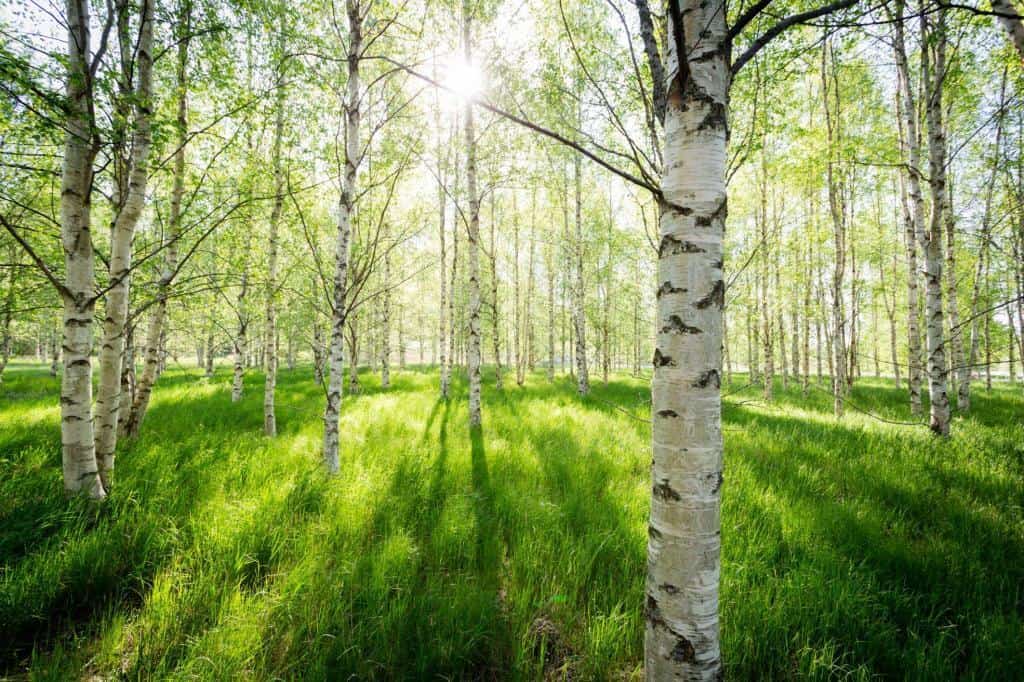
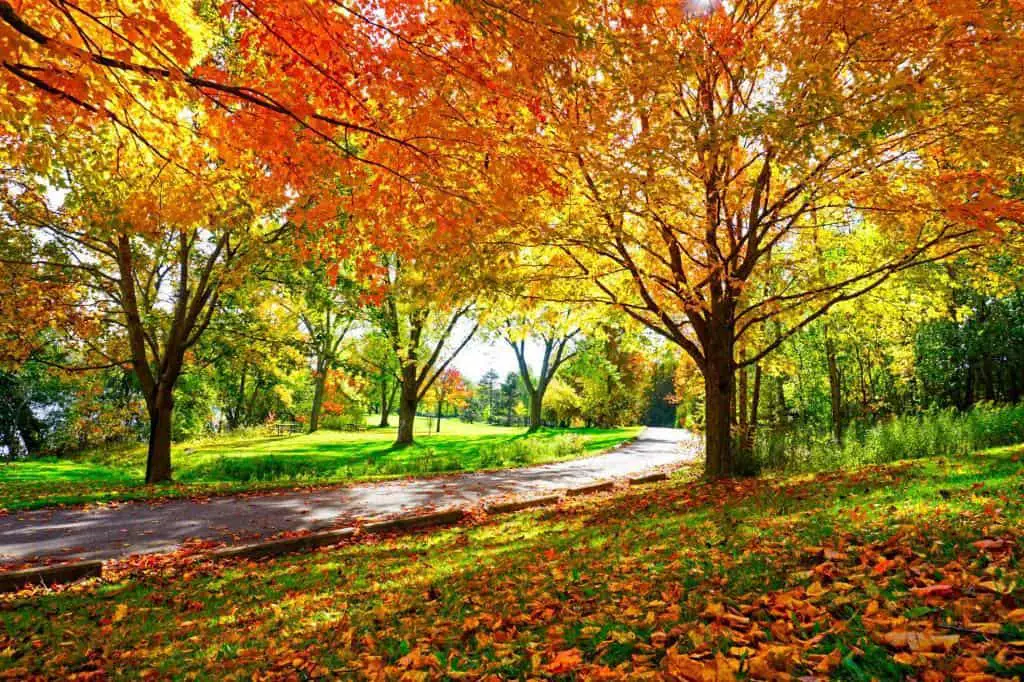
How Does Planting Trees Increase Sustainability?
Planting trees is an essential step towards increasing sustainability for several reasons. First of all, trees help lessen the effects of climate change by taking carbon dioxide out of the air. Carbon dioxide is a greenhouse gas that traps heat and contributes to the warming of the planet. Trees absorb carbon dioxide during photosynthesis, storing the carbon in their biomass, and releasing oxygen into the atmosphere.
By planting more trees, we can help reduce the amount of carbon dioxide in the atmosphere and slow down the rate of climate change.
Trees do more for the environment than just store carbon. They help stop soil erosion by holding the soil in place with their roots and catching rainwater, which stops it from running off. This, in turn, helps to prevent sedimentation in streams and rivers, which can harm aquatic habitats.
Trees also provide habitat for wildlife, including birds, mammals, and insects. This is particularly important in urban areas, where green spaces are often limited and wildlife habitats are scarce.
Planting trees also has economic benefits. Trees provide a valuable source of timber for the construction, furniture, and paper industries. They can also help to increase property values and reduce energy costs. Trees provide shade, which can help cool buildings and reduce the need for air conditioning. They can also act as windbreaks, which can help to reduce heating costs in the winter.
Finally, planting trees has social benefits as well. Trees make communities easier to live in by giving people places to play and relax in the green. They also help to improve air quality by absorbing pollutants such as ozone, sulfur dioxide, and nitrogen dioxide. This, in turn, can help make respiratory diseases like asthma and bronchitis less common.

